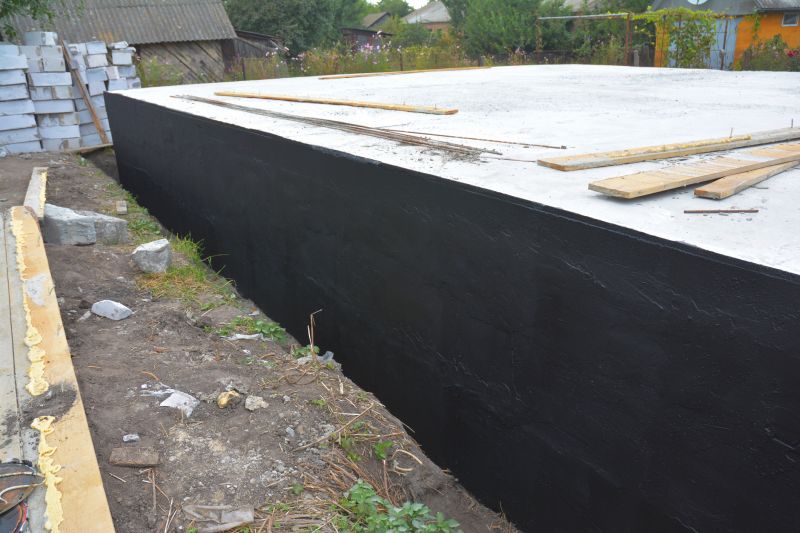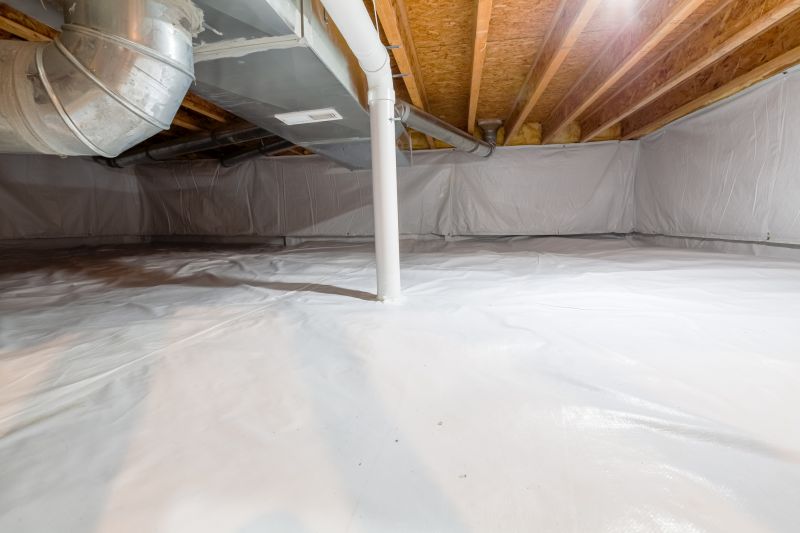Transform Your Crawlspace into a Dry, Clean Space
Crawlspace encapsulation involves sealing and insulating the area beneath a building to prevent moisture intrusion, improve air quality, and enhance energy efficiency. Proper encapsulation can significantly reduce the risk of mold growth, pest infestations, and structural damage caused by excess humidity.
Encapsulation prevents excess moisture from entering the crawlspace, reducing the risk of mold and wood rot.
Sealing the crawlspace helps maintain consistent indoor temperatures, lowering energy costs.
Encapsulation minimizes wood decay and pest damage, extending the lifespan of the foundation.




Failure to encapsulate a crawlspace can lead to increased humidity levels, which promote mold growth and attract pests. Excess moisture can cause wood framing to weaken and decay, potentially leading to costly repairs. Additionally, unsealed crawlspaces contribute to higher energy bills due to heat loss and air leaks. Studies indicate that properly encapsulated crawlspaces can reduce energy costs by up to 15 percent and decrease indoor mold levels significantly.
| Benefit | Impact |
|---|---|
| Moisture Reduction | Prevents mold growth and wood rot. |
| Energy Savings | Lowers heating and cooling expenses. |
| Improved Air Quality | Reduces airborne allergens and mold spores. |
| Pest Prevention | Discourages pests from nesting. |
| Structural Integrity | Protects foundation and framing. |
| Property Value | Enhances home value and appeal. |
| Health Benefits | Creates a healthier indoor environment. |
| Long-term Durability | Extends the lifespan of the crawlspace and home. |

